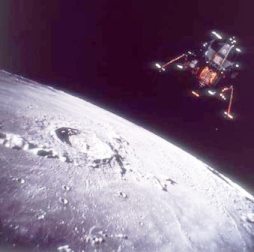 Under the recent entry about titular sees, the question arose about which bishop would have jurisdiction over the Moon.
Under the recent entry about titular sees, the question arose about which bishop would have jurisdiction over the Moon.
I think there are conflicting claims. I heard once that Rome itself had jurisdiction.
However, there is another claim.
Sometimes it is said that the Diocese of Orlando, Florida, has jurisdiction over the Moon.
“But Father! But Father!”, some of you are saying now. “Orlando? Why? Because of Disneyworld? More proof that YOU HATE VATICAN II! Have you finally lost your mind? ”
Not quite completely.
The idea is that, back in 1969 when Apollo 11 landed on the Moon, the Diocese of Orlando included Cape Canaveral. Because the journey began from the Diocese of Orlando, Orlando had jurisdiction.
There is an anecdote about this. The late Archbishop Borders, who eventually was in Baltimore, had been once the Bishop of Orlando. During an ad limina visit he actually told Paul VI that he was the bishop of the Moon.
I would love to have been standing there with a camera to capture Pope Paul VI’s expression as he considered this statement.

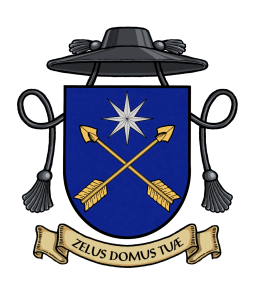




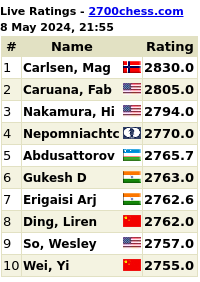


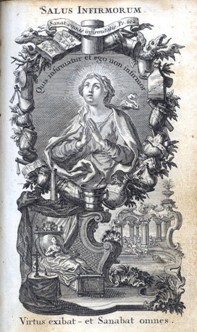


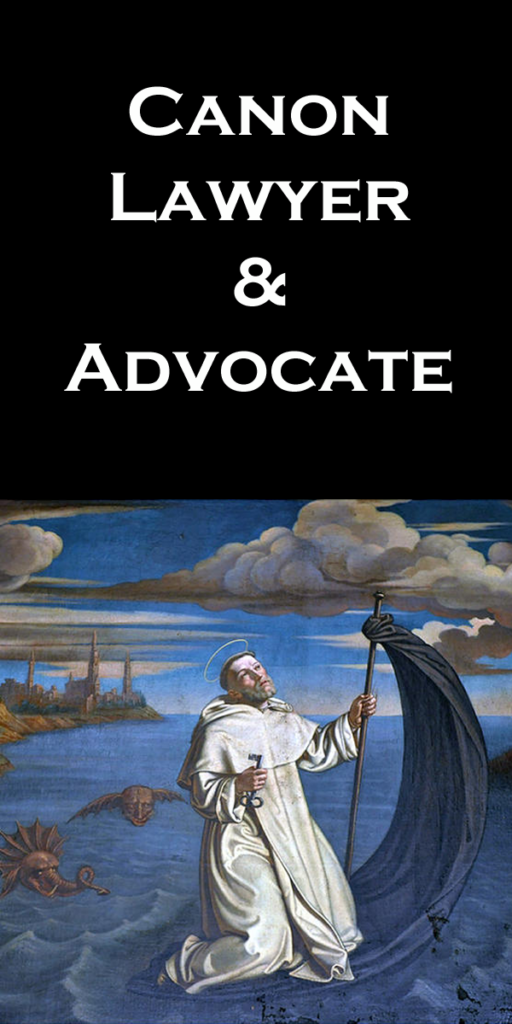







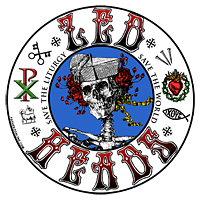










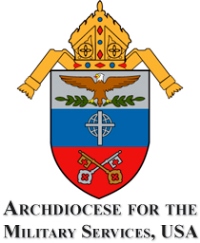

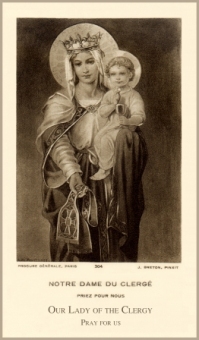
This is one of my favorite canonical quodlibets. Unfortunately my personal canonical counsel, who is almost a doctor utriusque iuris, refuses to render an opinion for me.
Is that how it worked as Christianity spread throughout Earth? That is, did the Bahamas become part of some Spanish diocese when Columbus landed there?
It seems difficult to work with this method, though. Would Orlando claim the entire moon or just those bits actually explored in person?
And how does this work in other places in outer space? Can Catholic Astronauts eat meat on Fridays while in orbit outside of Lent?
I had the same thought as Iowander. The claim is easily tested against history, because there is ample history from which to learn. In 1492, Columbus sailed the ocean blue, as we all know, landing in San Salvador, Cuba, and Hispaniola. Fewer people know that he set sail from Palos de la Frontera, and back in 1492, so far as I can tell, that town was within the Archdiocese of Seville. Because the journey began from the Archdiocese of Seville, under Archbp. Borders’ “port of origin” theory, Seville had jurisdiction. Thus, so long as the Church recognizes Diego Hurtado de Mendoza—the ordinary over Palos de la Frontera in 1492—as the first bishop of San Salvador, Cuba, and Hispaniola, Archbp. Borders is in good shape. If she doesn’t, he may need to call the leg store for something to stand on.
I did a check on http://www.catholic-hierarchy.org on the history of some of those dioceses. San Salvador was indeed originally part of the the diocese of Seville. That, however, does not resolve the question whether it was Seville because of Columbus’ point of origin or because of the jurisdiction that sent him. My knowledge of Spanish history is not sufficient to answer this question. If it was Seville because that is where the Spanish monarchy sat, then it might be the diocese of the government that sent Columbus. In the case of the moon, the diocese would be the Archdiocese of Washington.
Were any of the astronauts that went to the moon Roman Catholic? If not then there would be no one to have jurisdiction over.
The Pope would have jurisdiction over the faithful on the Moon, as part of his universal jurisdiction. It would be exercised I suppose through the Congregation for the Evangelization of Peoples. I suppose the Bishop of the Moon, like the Archbishop of Washington, would refer any problems back to the home diocese of visitors.
This is an issue worth exploring, before it becomes a matter of reality. In fact, the last happy time that I had occasion to sit down and chat with our esteemed host, the matter came up in conversation. I’m grateful for the opportunity to explore it a bit more, and hopefully learn from wiser minds.
I have heard the story of Orlando’s claim to jurisdiction. Often, in the anecdote, the claim is based on “the 1917 Code” without reference to any particular canon being given. As my own training in canon law was on the 1983 and 1990 Codes, my grasp of the prior legislation is not as solid as it could be, but I have not been able to find specific reference to a bishop claiming jurisdiction over territory explored from his diocese. It seems logical. Being at home at the moment, lacking easy access to some of the canonical resources I have available at work, I can’t say, but I can imagine that, prior to the 1917 Code this was, at least, one of the considered opinions of canonists.
In the 1917 Code, which was operative at the time of the moon landing, canon 252 establishes that the competence of the Congregation for the Propogation of the Faith extends to “those regions which, since the sacred hierarchy has not been constituted, retain the status of a mission.” (Eius iurisdictio iis est circumscripta regionibus, ubi, sacra hierarchia nondum constituta, status missionis perseverat. )
That would seem a compelling argument in favor of giving Propaganda, and by extension, Rome, jurisdiction over the moon. Orlando having a competing view, would of course be welcome to bring a case before the Apostolic Signatura to assert their claim to jurisdiction.
Regarding whether astronauts are obliged to fast, canon 13 (of the 1983 Code) answers that question – Travelers are not bound to the particular laws of their own territory while they are absent from it, or by the laws of the territory in which they are present (with the except of laws which establish good order).
On the other thread I posted a link to a blog in which the commenters suggested that since NASA was the organization that sent the astronauts, that the jurisdiction should fall on the Archdiocese of New York as the Archdiocese of the Military wasn’t formed yet and all Armed Forces were under the jurisdiction of New York.
So, the question is whether or not NASA is part of the military- is it part of the Air Force?
@Dr. Eric: http://www.nasa.gov/about/org_index.html
Wiki has it as “an executive branch agency of the United States government, responsible for the nation’s civilian space program and aeronautics and aerospace research.”
I don’t see a military link there. I think it was purposely founded as a civilian agency, I imagine to avoid ugly images of the Americans “conquering” the Moon. But as it is an agency of the executive branch, I imagine it would not be too hard to transfer military personnel there for assignment.
Funny part is, it’s actually easier for us (Catholics) to establish an ecclesiastical chain of authority there than it is for nationalities to establish a secular claim. :)
@Dr. Eric – while NASA did use Navy and Air force test pilots (and the military often uses NASA facilities to launch satellites), NASA itself is strictly a civilian organization, in order to satisfy existing treaties and international agreements concerning space exploration/travel/etc.
IMHO, I’d side with history. Problem is, it doesn’t cover squat on the particulars of who ran Hispaniola first (even symbolically).
This is as close as I could get (long link):
In it, we find that, essentially, Fr. Alonso Manso was elected Bishop by the Papal Bull of 1511, and transferred to the new “See of San Juan” as Bishop, then Inquisitor. Before that, it appears to have been semi-independent, with reports of a priest being ordained and signing his first Mass there, but this is uncorroborated.
Before that? Inter Caetera (Papal Bull of 1511) doesn’t give us jack:
http://en.wikipedia.org/wiki/Inter_caetera
While it doesn’t establish which diocese was officially the Bishop when Columbus’ foot first hit Hispaniola’s sand, it does help clear away a few bits.
As for the Moon? I’d go with point of origin, or perhaps whichever diocese the commander (or highest ranking Catholic member) worships in.
As a matter of history, check out the story of the Archdioceses of Baracoa and Santiago de Cuba, on that other URL, and their roots in Seville.
Salutationes omnibus.
Dr Eric, NASA is a civilian federal agency
USAF has it’s own version, Air Force Space Command http://www.afspc.af.mil/, headquartered at Peterson Air Force Base CO. It launches it’s space vehicles out of Vandenburg Air Force Base which has more space launches a year than Cape Canaveral
In Russia, military and “ROSCOSMOS” – their equivalent to NASA – are more of a joint operation unlike America
NASA is not connected to the military, though the original astronauts were military fliers because the initial part of the space program required the kind of skills they have such as the willingness to take extreme physical risks and fly around sealed in a tin can while a cold vacuum is outside. To train civilian volunteers to do that would have been daunting. That was what was so special about Christa McAuliffe going up in the shuttle, she didn’t have that kind of background and we were pretending space flight was now “safe.”
There was a more military aspect to the space program back when we were in the Space Race. Now it has a very civilian and scientific “feeling.”
So, then the status of the Bishop of Orlando as bishop of the moon would appear to be the one with the most credence behind it.
I would like to see what the Bishop’s pressure suit would look like! And would his seat in the spaceship be like his chair at his cathedral? Only with seat belts and extra cushioning of course.
Do we even need to go to the moon if we’re looking for canonical questions? What about the Atlantic Ocean for all traveling oceanliners which are celebrating Mass and hearing confessions?
Bob, that’s already settled law. The Apostolate of the Sea has care for the souls travelling by sea, and chaplains of those vessels have all of the faculties they need for sacramental ministry. They work in conjunction with the diocese or ecclesiastical circumscription which is the particular ship’s home port with regard to any necessary dispensations or recording of sacraments.
The motu proprio, Stella Maris on the apostolate of the sea, which may have eventual relevance for creating canonical legislation for space travellers: http://www.vatican.va/holy_father/john_paul_ii/motu_proprio/documents/hf_jp-ii_motu-proprio_17031999_stella-maris_en.html
An opinionated article on celebrating Mass in outer space: http://www.romeofthewest.com/2007/08/mass-on-moon.html
Related item: Communion in space
Buzz Aldrin conducted his own communion service on the moon.
And then there are the many pious Orthodox Russian Cosmonauts.LINK…some blogs report on one mission the cosmonauts saw “angels”.
Traditionally, property rights are understood to include all the earth under your property and the space above it. In Robert Heinlein’s The Man Who Sold the Moon, a rich businessman realizes that this means the moon belongs to all the countries that lie on the belt between the Tropic of Cancer and the Tropic of Capricorn, because the moon is always above this belt. And these are all poor countries. So he purchases the “moon rights” from all these poor countries, and then declares himself owner of the Moon.
On a more serious note, there are several science fiction stories that have discussed how the Catholic Church will adapt in the era of space colonization. For example, The Mote in God’s Eye is set in AD 3017, after nuclear wars have rendered most of Earth uninhabitable. The pope and his curia reside in the city of New Rome on the capital planet of the human empire.
Definitely, the Pope should separate the Moon from the Diocese of Orlando, erect a separate diocese of the Moon, and then send some of our “best” bishops there – an ordinary, and very, very many auxiliaries.
“I would love to have been standing there with a camera to capture Pope Paul VI’s expression as he considered this statement.”
Assuming His Excellency intended the comment in a humorous manner, perhaps His Holiness, in good humor, told him to go fly to it?
or merely reminded him of the obligation of a bishop to make a visitation of those areas under his jurisdiction!
pfreddys says:
Were any of the astronauts that went to the moon Roman Catholic? If not then there would be no one to have jurisdiction over.
Michael Collins is from a Catholic family.
@LawrenceK: Apparently, modern aviation has pretty much rendered that right null and void.
http://www.straightdope.com/columns/read/1117/can-i-declare-a-no-flight-zone-over-my-house
Clearly, jurisdiction belongs to the Archdiocese of Galveston-Houston. No one ever said, “Orlando, we have a problem.”. As we all know Mission Control in Houston (where the astronauts lived) was the controlling authority. Ergo, His Eminence Daniel Cardinal Di Nardo is archbishop of the Moon.
The link provided by Mark Scott Abeln to his article on the problems which would be encountered for Mass in Space or on the Moon is well worth a read. It is a highly amusing and imaginative article on a serious subject which perhaps one day in the very distant future the Church will have to consider. An awful lot of velcro will indeed be needed!
“There is an anecdote about this. The late Archbishop Borders, who eventually was in Baltimore, had been once the Bishop of Orlando. During an ad limina visit he actually told Paul VI that he was the bishop of the Moon.
I would love to have been standing there with a camera to capture Pope Paul VI’s expression as he considered this statement.”
Paul, perhaps, glanced out the window to look at the archbishop’s diocese, to see whether or not it was “full”.